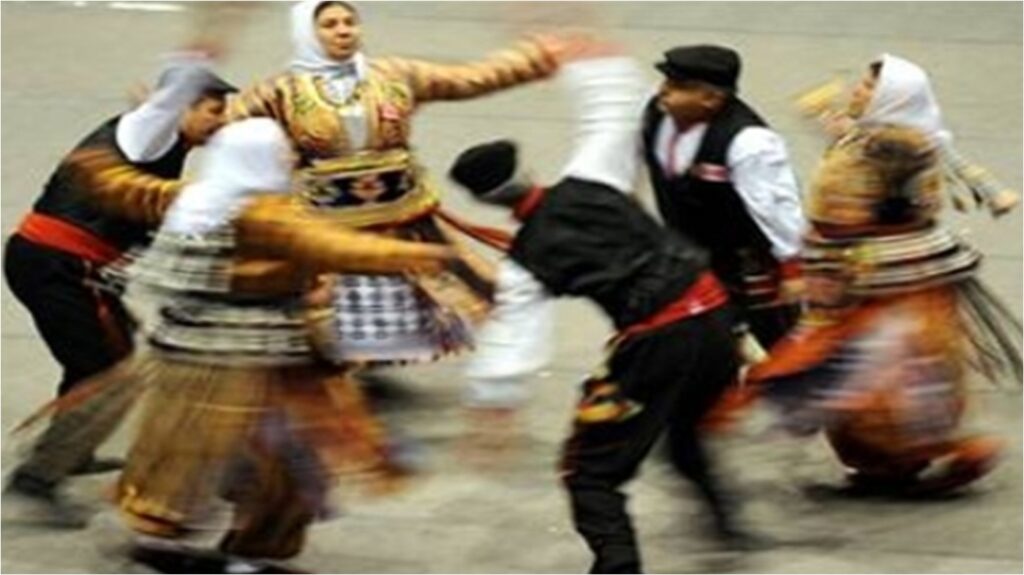ANATOLIAN TURKMEN:
Although historically all Western Turks from the Oghuz branch (Anatolia and Syria) were called Turkmen, today the word Turkmen is used internationally for the people living in Turkmenistan and some parts of Central Asia and the Caucasus (Caucasian Turkmens) and for the Turkmens of Iraq. It is also used for Turkmens of Turkey. Turkmens of Türkiye generally live in steppe areas.
Anatolian Turkmens, Anatolian Oghuzs, or simply Turkmens (Ottoman Turkish, تركمنلر), are Oghuz people who started to settle in Anatolia and surrounding areas called Turkmeneli during the Seljuk period, whose languages are included in the Anatolian dialects connected to Turkey Turkish, and constitute the Turks of Turkey. The tribes are Muslim, Hanafi Sunni and Anatolian Alevism (Turkmen). It is seen as Alevism or Kızılbaş). They were effective in the Turkification process of Anatolia. The words Turkmen (تركمنلر) and Yörük (يوروك) were also used synonymously in historical documents. In Ottoman archive documents, depending on the settlement situation and type, the peasant was called «Turk», while the nomadic or semi-nomadic communities were called «Turkmen» or «Yörük». Tribes were named “Turkmen” or “Yörük” depending on whether they were settled or nomadic and the regions they were located in. According to some, those in the east of Kızılırmak are called “Turkmen” and those in the west are called “Yörük”. Both the terms “Turkmen” and “Yörük” were used together in Ottoman sources for the Dulkadirli Turkmens living in Maraş and its surroundings. They share the same name with the Turkmens of Turkmenistan (“Khorasan Turkmens”), to whom they are ethnically related, and some common names of uruğ/tribe.
Turkmen tribes, clan bey (the name of the İnallu tribe comes from İnal-oğlu Hamza Bey, the name of the Gündüzlü tribe comes from Gündüz-oğlu İbrahim Bey), the name kethüda, the name of their lineage, the name of the places where they live, the economic activity and the animals they raise as a result, or the agriculture. They are named based on many reasons such as their activities.
They played an active role in the Turkification of Anatolia. In their struggle with the Byzantines, the Seljuks tried to facilitate their conquest movements by settling the Turkmens in the extreme regions, and they started to settle the Teke Turkmens from Turkistan and other Turkmen tribes in Anatolia.[9] After the Babai uprising in 1240, which was the largest Turkmen uprising in the history of the Anatolian Seljuk State, and their subsequent defeat in the Battle of Kösedağ against the Mongols in 1243, the Akhis and the Turkmens were massacred.
A significant part of the Anatolian Turkmen tribes, especially the Alevi ones, came from Khorasan. Khorasan is the trans-Caspian Oghuz land where the Seljuks stayed before extending to Anatolia. It is important that Yakubi (d. 897), who said “Everywhere in Khorasan is a Turkish front”, calls the region between Khwarezm and the Caspian Sea “Oghuz desert”, as it gives the density of the Oghuzs in the region.

